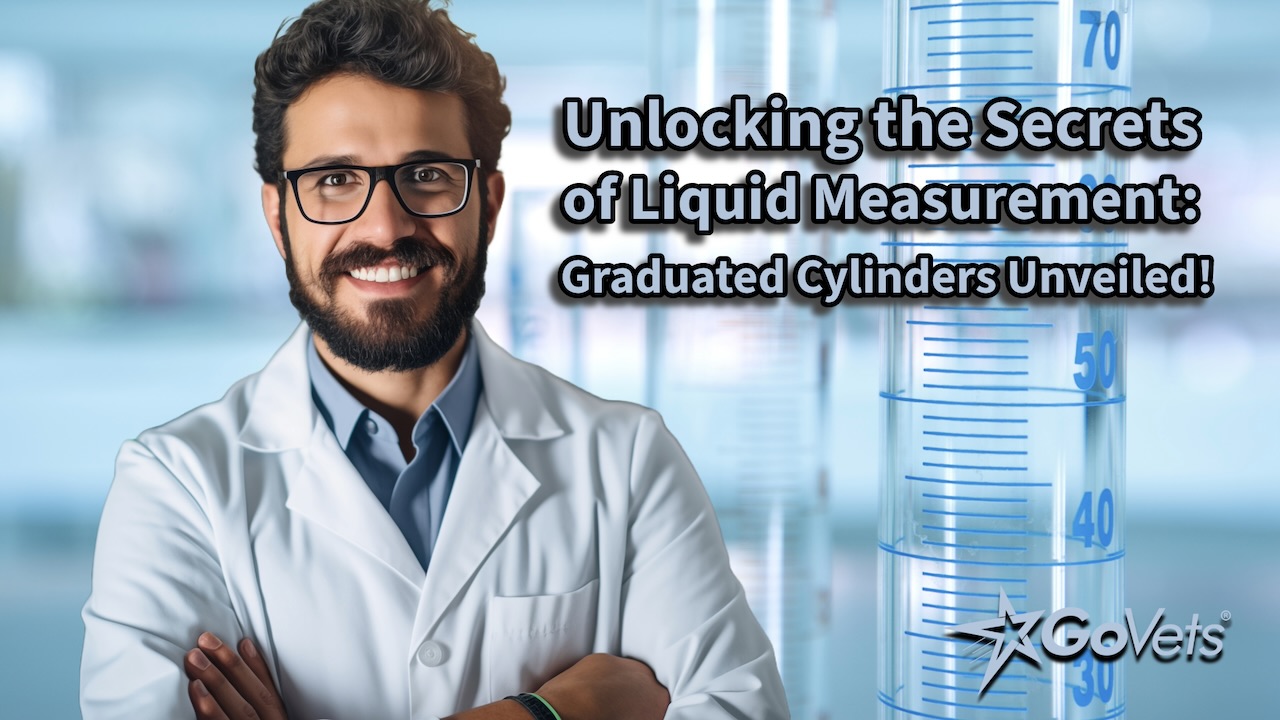Unlocking the Secrets of Liquid Measurement: Graduated Cylinders Unveiled!

The Essence of Laboratory Precision: Graduated Cylinders
Small Capacity Graduated Cylinders (<10 ml to 25 ml)
- Ideal for precision: Perfect for titrations, micro-biology studies, and precise chemical measurements.
- Educational use: Common in teaching environments for small-scale experiments and demonstrations.
- Pharmaceutical applications: Used in pharmacies and compounding labs for precise formulation of medications.
Medium Capacity Graduated Cylinders (50 ml to 250 ml)
- Versatile laboratory use: A staple for general lab work, including mixing solutions and standard chemical experiments.
- Field research: Suitable for geological and environmental sampling where moderate volume precision is required.
- Quality control testing: Utilized in industrial settings for product testing and chemical analysis.
Large Capacity Graduated Cylinders (500 ml to 1000 ml)
- Industrial applications: Employed in chemical plants and industrial research for large volume measurements.
- Educational demonstrations: Ideal for classroom settings where visibility for groups is necessary.
- Bulk sampling: Used in environmental testing facilities for water quality analysis and other large sample measurements.
Extra-Large Capacity Graduated Cylinders (2000 ml and above)
- Batch processing: Crucial for mixing large batches of chemicals in industrial manufacturing.
- Waste water treatment: Applied in measuring effluents and treatment chemicals in waste water management.
- Brewing and food technology: Used in the food industry for ingredient measurements in product development.
Each of these ranges plays a critical role in their respective fields, underscoring the importance of selecting the right graduated cylinder for the task at hand. The right selection can improve the efficiency and safety of operations, whether in a high school chemistry class or a high-stakes pharmaceutical lab.
Safety Considerations:
Graduated cylinders are not just containers; they are the benchmark of accuracy in the lab. The clarity of their markings and the quality of their construction can mean the difference between a failed or successful experiment. Let's examine some safety risks and other safety considerations when buying or using graduated cylinders.
Top 5 Safety Risks:
- Misreading due to poor markings: Cylinders with faded lines can lead to significant measurement errors.
- Volume displacement from improper pouring: Pouring liquids too rapidly can cause splashing and inaccurate readings.
- Static charge accumulation with plastic cylinders: This can attract dust and alter the accuracy of measurements.
- Use of non-graduated cylinders for measurement: Using improper equipment can yield unreliable results.
- Inadequate maintenance: Failure to properly store and clean cylinders can affect longevity and performance.
Top 5 Safety Considerations:
- Clear Markings: Select cylinders with permanent, easy-to-read graduations.
- Steady Pouring: Always pour slowly to prevent splashes and bubbles.
- Proper Material Selection: Choose the cylinder material based on chemical properties and lab requirements.
- Regular Inspections: Check for clarity, cleanliness, and signs of wear before each use.
- Correct Usage: Employ graduated cylinders solely for measuring liquids, not for mixing or heating.
Top 10 FAQs and Answers for Graduated Cylinders
-
What is the best way to read measurements in a graduated cylinder to ensure accuracy?
-
A: For the best accuracy, read the volume at eye level with the lowest point of the meniscus (the curved surface of the liquid) aligned with the graduation mark.
-
-
How should I clean a graduated cylinder to maintain safety and longevity?
-
A: Rinse the cylinder with the proper solvent, wash with a lab-grade detergent, rinse thoroughly with distilled water, and air-dry or use a lint-free towel before storage.
-
-
What materials are graduated cylinders made from, and does the material matter for safety?
-
A: Graduated cylinders are typically made from glass or plastic. The material matters as some chemicals can react with plastic, and glass can shatter if mishandled or subjected to thermal shock.
-
-
Are there any safety concerns with autoclaving plastic graduated cylinders?
-
A: Not all plastic cylinders are autoclavable. Check the manufacturer’s specifications to ensure the plastic can withstand high temperatures without deforming.
-
-
Can I use a graduated cylinder to heat liquids?
-
A: Generally, graduated cylinders are not designed for heating. Use a flask or beaker for heating and transfer to a graduated cylinder for measurement.
-
-
What should I do if my graduated cylinder breaks during use?
-
A: If a breakage occurs, immediately secure the area, alert others, and follow your lab’s protocol for spill and broken glassware cleanup. Always wear protective gloves to safely collect and dispose of the shards.
-
-
How do I dispose of a graduated cylinder that’s no longer usable?
-
A: Follow your facility’s waste disposal protocol. If the cylinder is made of glass, it should be recycled with glass waste, and plastic should be recycled accordingly.
-
-
Can I mix substances in a graduated cylinder?
-
A: Graduated cylinders are for measurement, not mixing. Mixing can lead to spills or reactions that could cause breakage or injury.
-
-
How do I handle a graduated cylinder safely to avoid accidents?
-
A: Use both hands when handling, especially when containing liquids. Store cylinders in a stable, upright position, and never leave them on the edge of a bench.
-
-
Is it safe to reuse a graduated cylinder for different chemicals?
-
A: Yes, but only after it has been thoroughly cleaned to avoid cross-contamination between chemicals. Always check for chemical compatibility.
-
Product Recommendations:
Select from our expert-curated range of graduated cylinders for assured quality and precision. Click below to view our collection.

